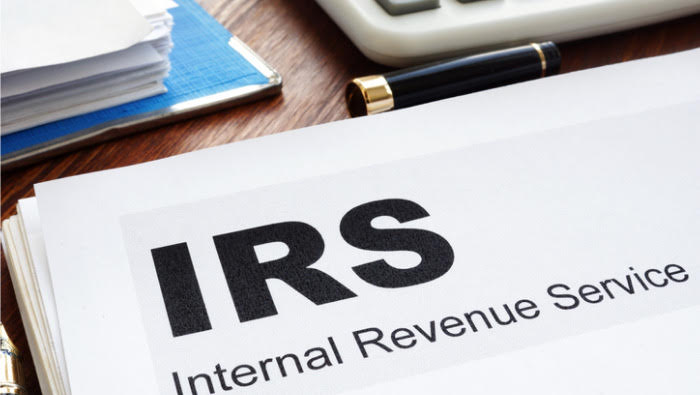The Internal Revenue Service (IRS) recently released guidance that provides an extension to make retirement plan changes based on amendments to the Setting Every Community Up for Retirement Enhancement Act of 2019 (SECURE Act), the Bipartisan Miners Act of 2019 (the Miners Act), and the Coronavirus Aid, Relief, and Economic Security Act (CARES Act). Non-governmental qualified plans must now adopt retirement plan changes by December 31st, 2025. Earlier, the IRS increased its mileage rates for 2022.
SECURE, Miners, and CARES Acts
The SECURE Act, signed in 2019, provides for less expensive and easier to administer “safe harbor” retirement plans. In addition, it increased the age at which plan participants must take required minimum distributions from 70 ½ to 72 years. All in all, the SECURE Act aimed to prevent retired individuals from outliving their assets.
Meanwhile, the Miners Act of 2019 transferred certain funds to provide pension and health benefits for retired coal miners affected by specific issues like coal company bankruptcy.
Finally, the CARES Act was passed in 2020 during the pandemic. It provides economic relief for workers, families, and businesses affected by COVID-19.
Retirement Plan Changes Under the Amendments
Two retirement plan changes were in effect following the 2020 amendments to the SECURE Act. In detail, these include:
- the option to start in-service distributions at age 59 ½, lowered from 62, and
- resources to allow closed defined benefit plans to pass nondiscrimination tests.
In the meantime, amendments to the CARES Act allow plans to offer coronavirus-related distributions of up to $100,000. These distributions would not be subject to the 10% tax levied for withdrawals before age 59 ½. They would be taken into income for three years. Additionally, CARES Act amendments introduce an increase in loans for qualified plans. In brief, qualified individuals (participants who have been diagnosed or have a spouse or dependent who is diagnosed with COVID-19 or have experienced financial hardship related to COVID-19) would see the loan limit increase from $50,000 to $100,000.
The IRS guidance, Notice 2022-33, gives an extended deadline of December 31st, 2025, to adopt the optional and required retirement plan changes under these amendments.
Employer Takeaways
Employers can expect a final IRS guidance in the future on other SECURE Act retirement plan changes. Specifically, these will include distribution rules after death and rules for including long-term part-time employees. According to Notice 2022-33, the full SECURE Act guidance will arrive along with the required amendment list in 2023. Therefore, plan sponsors may simultaneously adopt retirement plan changes under the SECURE, Miners, and CARES Acts. Finally, employers must remember that, under the Employee Retirement Income Security Act of 1974 (ERISA), they must retain all employee records of agency filings, participation, and beneficiary disclosures for a minimum of six years after filing.

